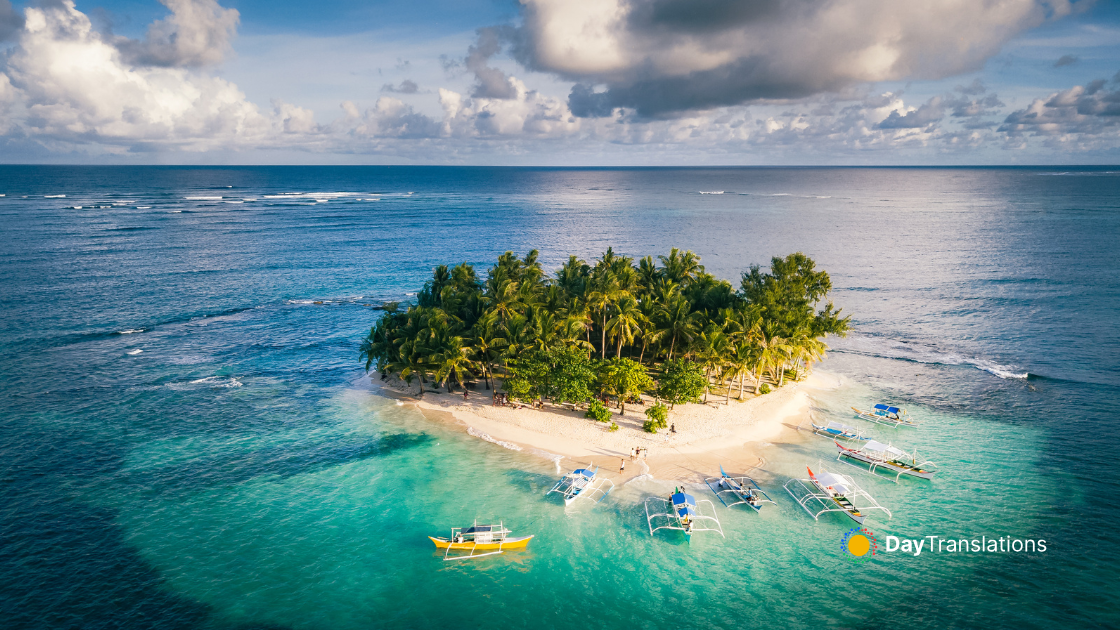Geography of Peru: Important Geographical Information about Peru
In this Country Profile
Peru covers 1,285,216 km2 (496,225 sq mi). It borders Ecuador and Colombia to the north, Brazil to the east, Bolivia to the southeast, Chile to the south, and the Pacific Ocean to the west. The Andes Mountains run parallel to the Pacific Ocean, dividing the country into three geographic regions. The costa (coast), to the west, is a narrow plain, largely arid except for valleys created by seasonal rivers. The sierra (highlands) is the region of the Andes; it includes the Altiplano plateau as well as the highest peak of the country, the 6,768 m (22,205 ft) Huascarán. The third region is the selva (jungle), a wide expanse of flat terrain covered by the Amazon rainforest that extends east. Almost 60% of the country’s area is located within this region.
Most Peruvian rivers originate in the peaks of the Andes and drain into one of three basins. Those that drain toward the Pacific Ocean are steep and short, flowing only intermittently. Tributaries of the Amazon River are longer, have a much larger flow, and are less steep once they exit the sierra. Rivers that drain into Lake Titicaca are generally short and have a large flow. Peru’s longest rivers are the Ucayali, the Marañón, the Putumayo, the Yavarí, the Huallaga, the Urubamba, the Mantaro, and the Amazon.
Peru, unlike other equatorial countries, does not have an exclusively tropical climate; the influence of the Andes and the Humboldt Current cause great climatic diversity within the country. The costa has moderate temperatures, low precipitations, and high humidity, except for its warmer, wetter northern reaches. In the sierra, rain is frequent during summer, and temperature and humidity diminish with altitude up to the frozen peaks of the Andes. The selva is characterized by heavy rainfall and high temperatures, except for its southernmost part, which has cold winters and seasonal rainfall. Because of its varied geography and climate, Peru has a high biodiversity with 21,462 species of plants and animals reported as of 2003; 5,855 of them endemic. The Peruvian government has established several protected areas for their preservation.

Sorry, the comment form is closed at this time.